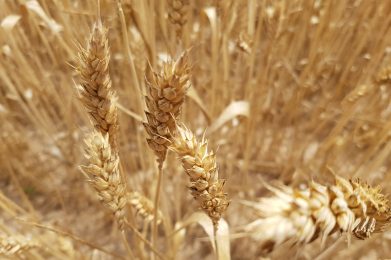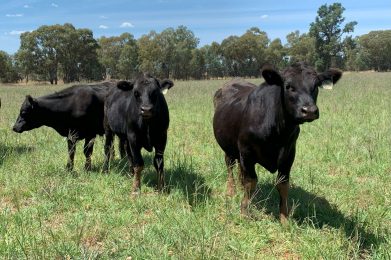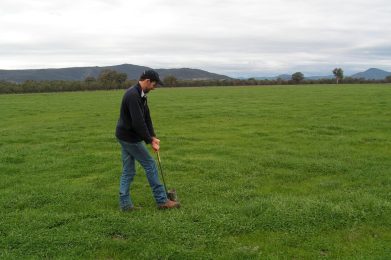
This page has some of the biodiversity information and resources for the Holbrook region, as well as information about current projects
Topics including sowing times, stubble retention, nitrogen management and changing soil organic carbon
Learn more about rotational grazing, resilient and tropical pastures, and stock containment areas
Explore revegetation planning, site preparation, landscape connectivity and managing your revegetation project
Information and case studies on management of acidic soils, soil health, arresting falling pH in fight against subsoil acidity, lime quality and soil monitoring
Other Resources
Factsheets and Case Studies
Property Mapping
Silage Wrap Recycling Project
Self-drive Ecotour
Holbrook Self Drive Ecotour
Videos
Embedding a culture of recycling on farm plastic waste.
Farm Business Risk Management workshop hosted by Holbrook Landcare Network. In this video, Robert Herrmann, Managing Director of Mecardo helps producers identify options to navigate through ‘risk management of commodities’.
How the silage wrap recycling process works.
Farm Business Risk Management workshop hosted by Holbrook Landcare Network. In this video, Charles Cay of Warrembool Pastoral Co. discusses practical on-ground strategies to help your farm business performance.





